Industry News
-

Lockout tagout program components and considerations
Lockout tagout program components and considerations Elements and compliance A typical lockout program can contain more than 80 separate elements. To be compliant, a lockout program must include: Lockout tagout standards, including creating, maintaining and updating equipment lists and hierarchi...Read more -
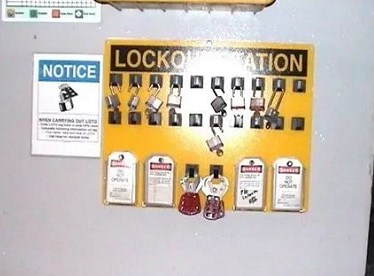
Lockout/Tagout FAQs
Lockout/Tagout FAQs I can’t lockout a machine. What do I do? There are times when locking out a machine’s energy-isolating device is not possible. If you find this is the case, securely attach a tagout device as closely and safely as possible to the energy-isolating device. Make sure ...Read more -
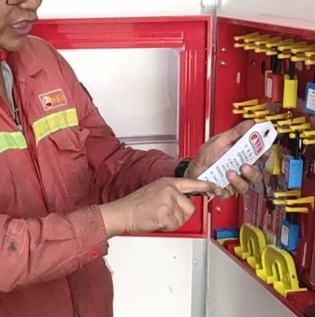
Lockout/Tagout FAQs
Lockout/Tagout FAQs Are there any scenarios where lockout/tagout does not apply to service and maintenance activities per standard 1910? Per OSHA standard 1910, lockout/tagout does not apply to general industry service and maintenance activities in the following situations: Hazardous energy is c...Read more -
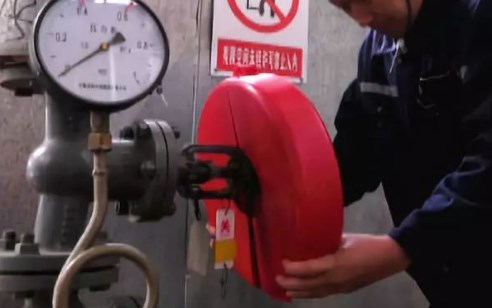
Lockout sequence
Lockout sequence Notify all affected employees. When it’s time for servicing or maintenance, notify all employees that the machine needs to be shut down and locked out before performing the maintenance or servicing tasks. Record all affected employees’ names and job titles. Understan...Read more -
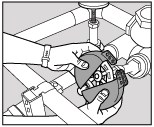
Isolation of System
Electrical locking Hydraulic and pneumatic potential energy – set valve in closed position and lock in place. Slowly open the relief valve to release energy. Some procedures of pneumatic energy control may require the pressure relief valve to be locked in the open position. Hydraulic power ...Read more -
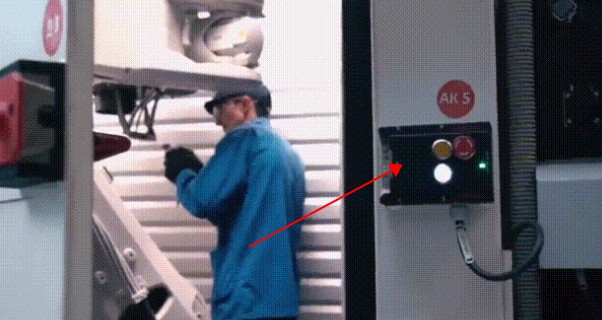
The general steps of a Lockout/tagout operation include
The general steps of a Lockout/tagout operation include: 1. Prepare to close The licensee will determine which machines, equipment or processes need to be locked, which energy sources are present and must be controlled, and what locking devices will be used. This step involves collecting all requ...Read more -
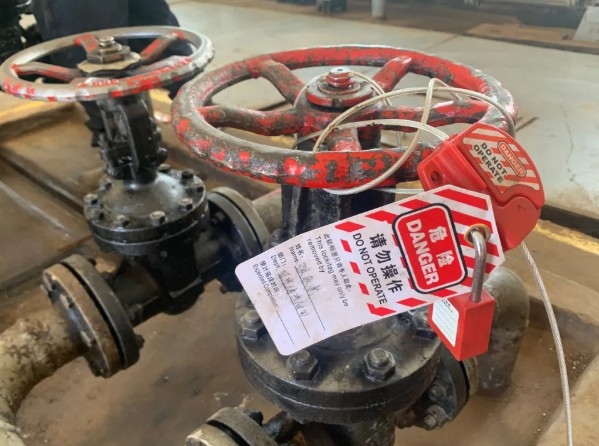
Who is responsible for the lockout process?
Who is responsible for the lockout process? Each party in the workplace is responsible for the shutdown plan. In general: Management is responsible for: Draft, review and update locking procedures and procedures. Identify the employees, machines, equipment and processes involved in the program. ...Read more -
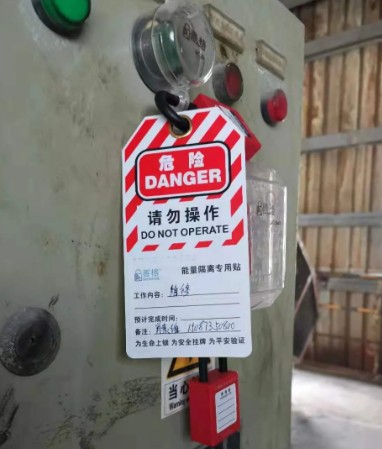
What is the purpose of lockout/ Tag out programs?
What is the purpose of lockout/ Tag out programs? The purpose of lockout/ Tag out programs is to control hazardous energy. The locking program should: Identification type: Dangerous energy in the workplace Energy isolating devices Disconnect device Guide the selection and maintenance of protecti...Read more -

Lockout Tagout does not effectively isolate explosion and injury
Lockout Tagout does not effectively isolate explosion and injury In preparation for maintenance, the operator on duty assumes that the pump inlet valve is open by the position of the valve wrench. He moved the wrench perpendicular to the body, thinking he had closed the valve. But the valve is ac...Read more -

Lockout tagout
Lockout tagout Lock and Lockout tag all hazardous energy sources, for example, physically insulating energy sources from the source with a hand-operated circuit breaker or line valve. Control or release residual energy Residual energy is usually not apparent, stored energy can cause injury by ca...Read more -
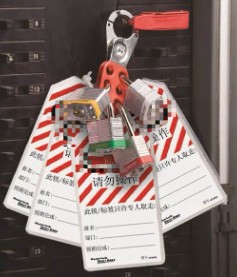
Lockout Tagout LOTO program
Lockout Tagout LOTO program Understand equipment, identify hazardous energy and LOTO process Authorized personnel need to know all the energy set up for the equipment and know how to control the equipment. Detailed energy locking /Lockout tagout written procedures indicate what energy is involved...Read more -
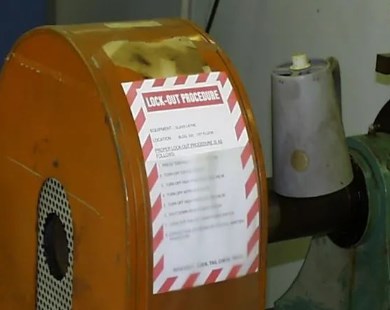
EIP and non-lockout Tagout require non-loto?
EIP and non-lockout Tagout require non-loto? EIP:Energy Isolation Program Needs include: type of energy; Under the belt of energy; Equipment isolation point; Lockout Tagout step; Confirm the isolation Non-loto: Use the Lockout tag alone without locking The non-LOTO list should be checked when a s...Read more





